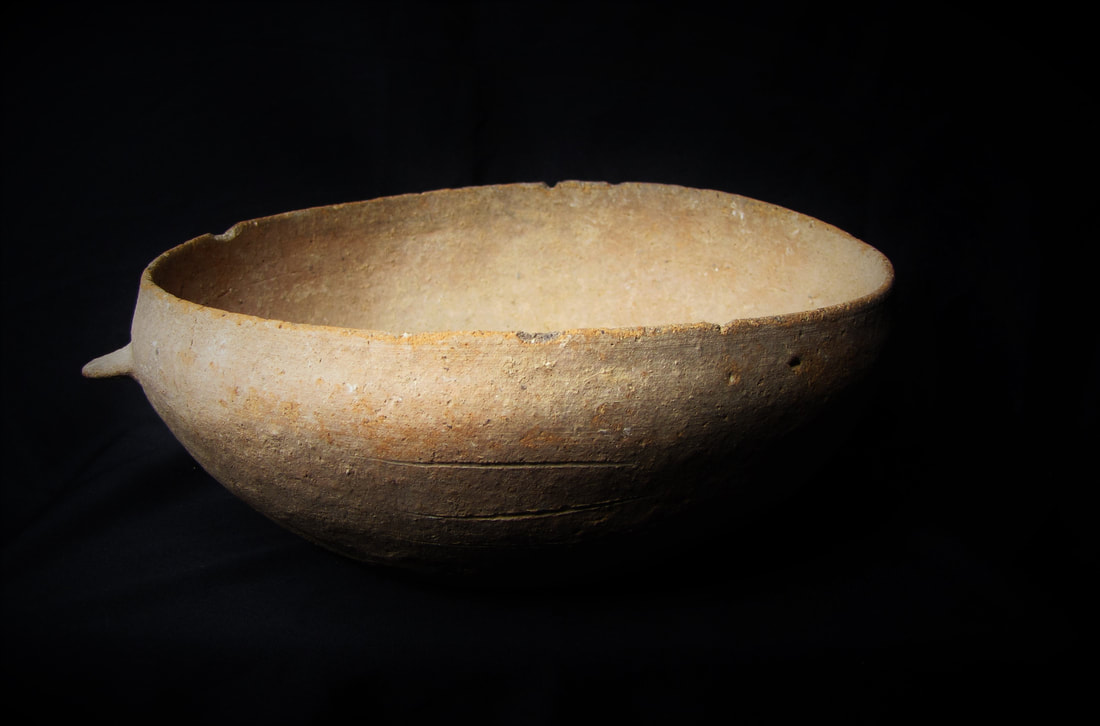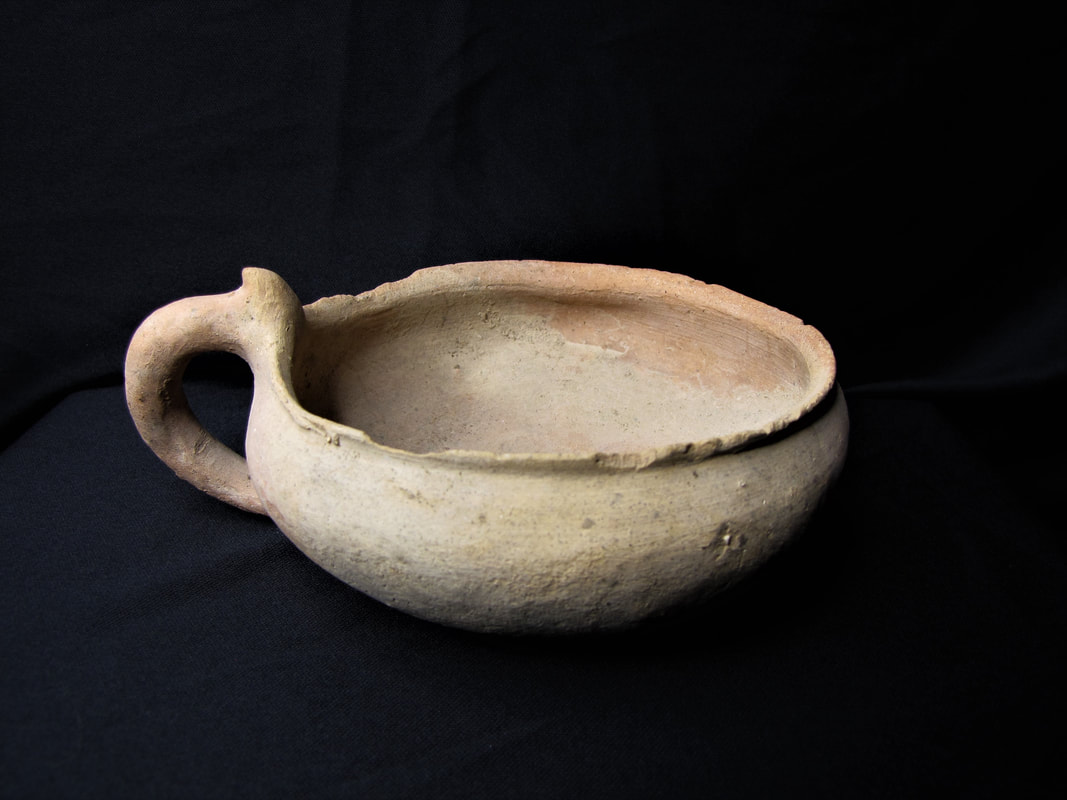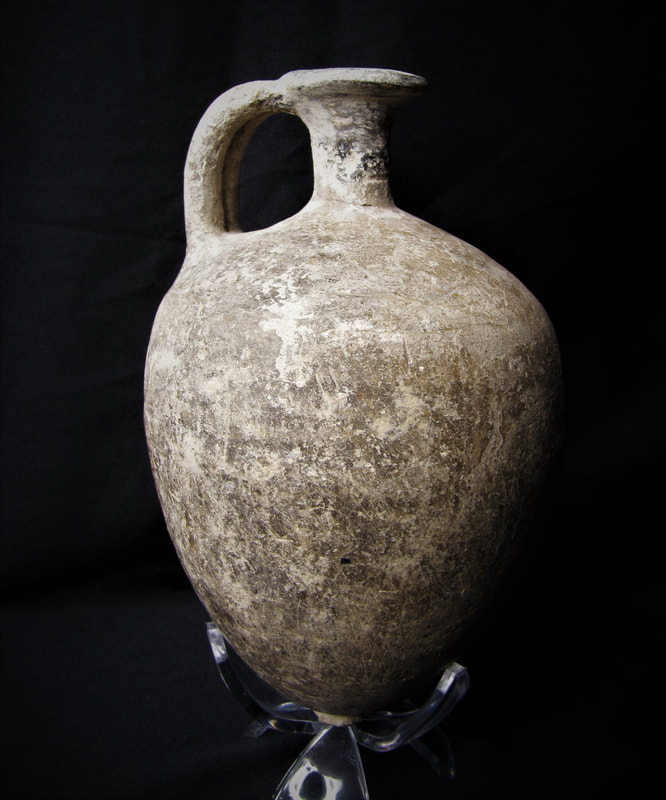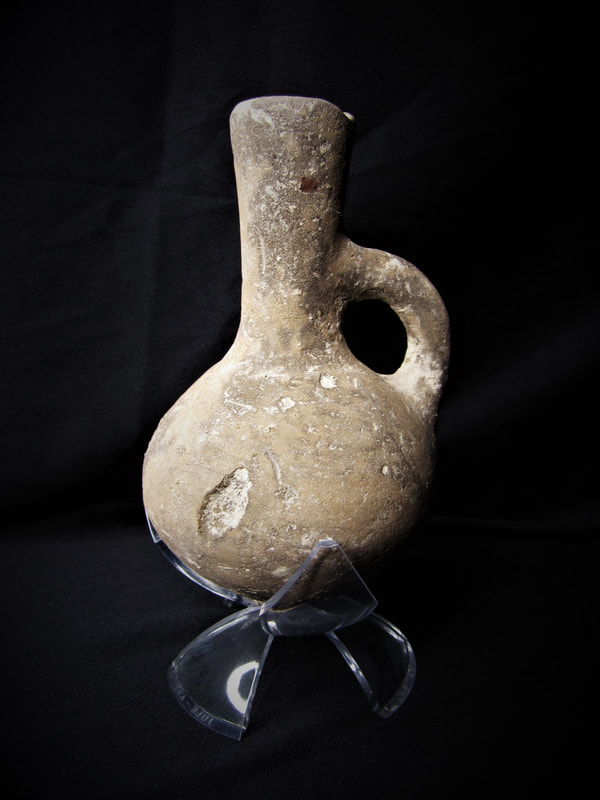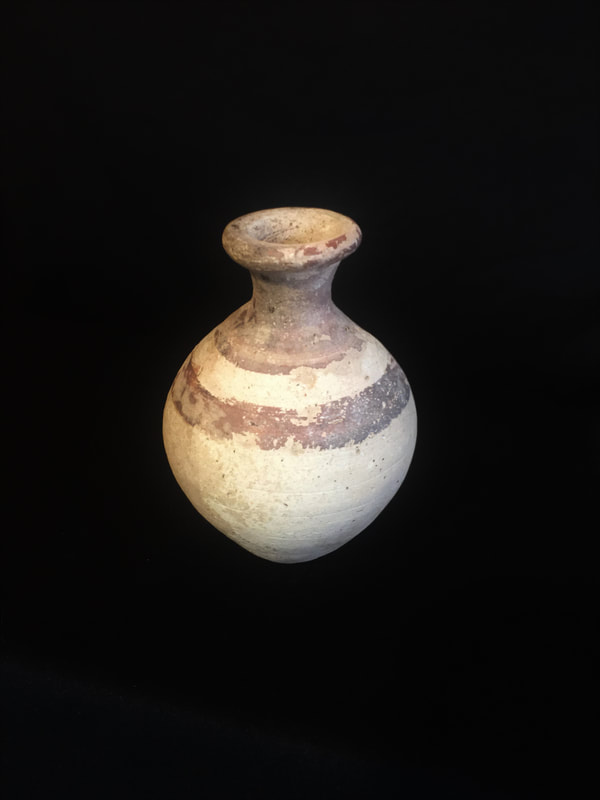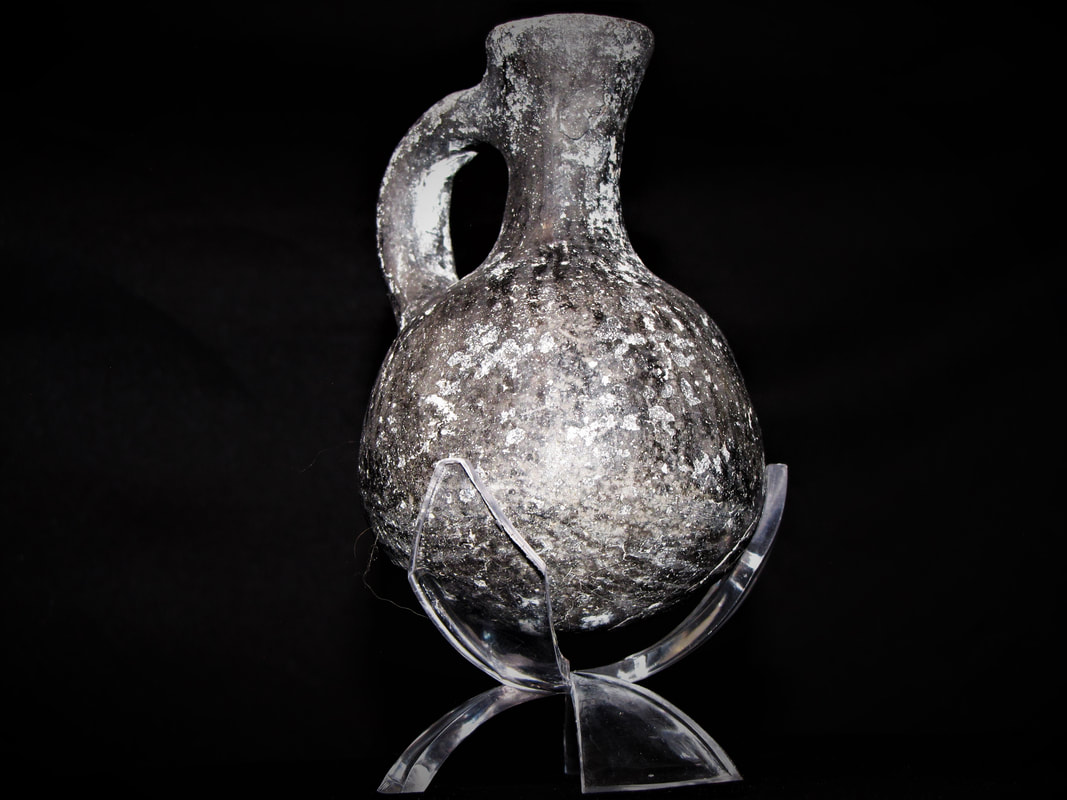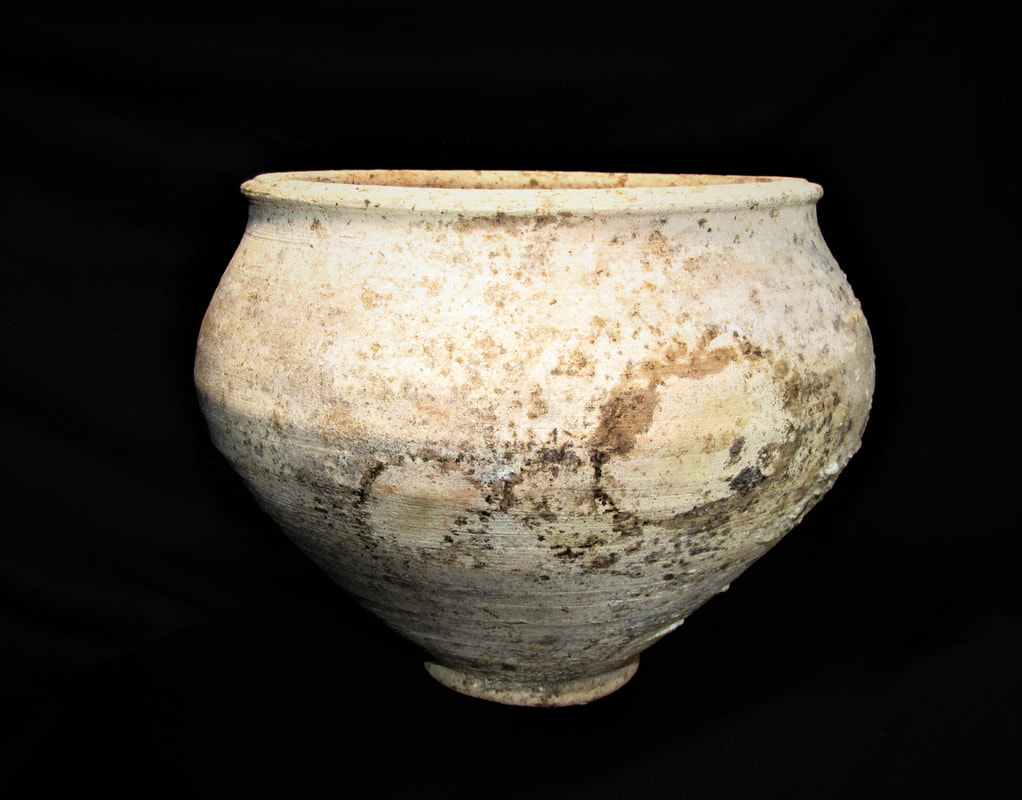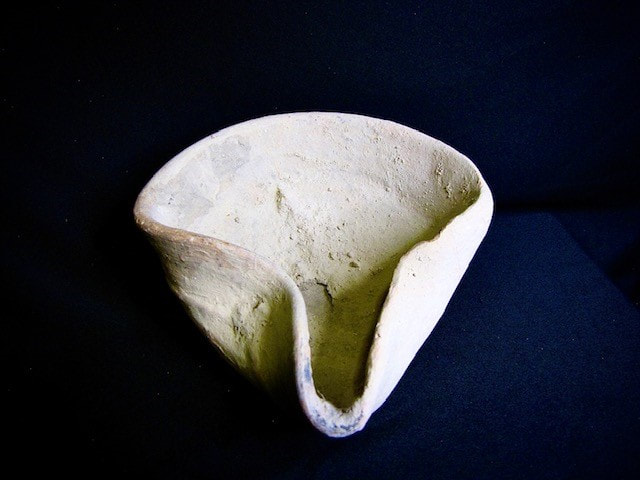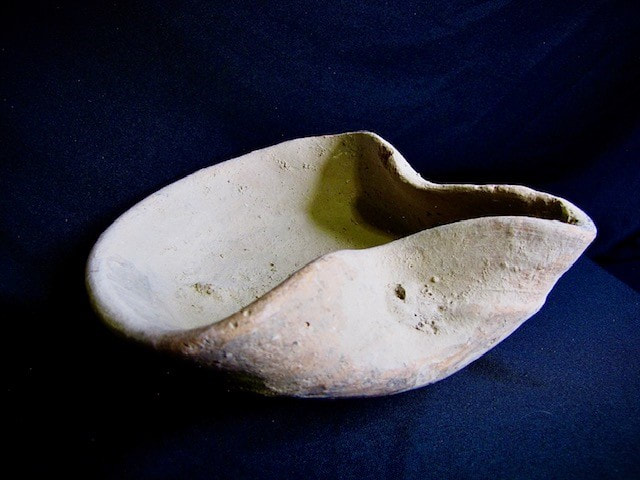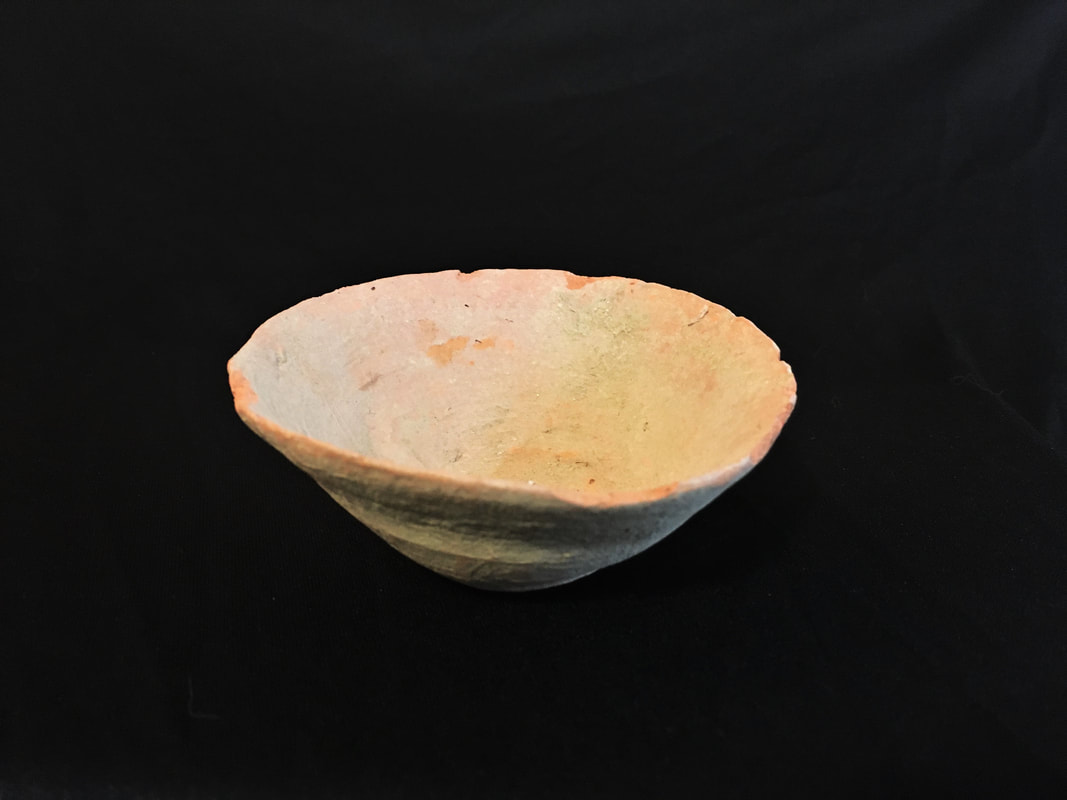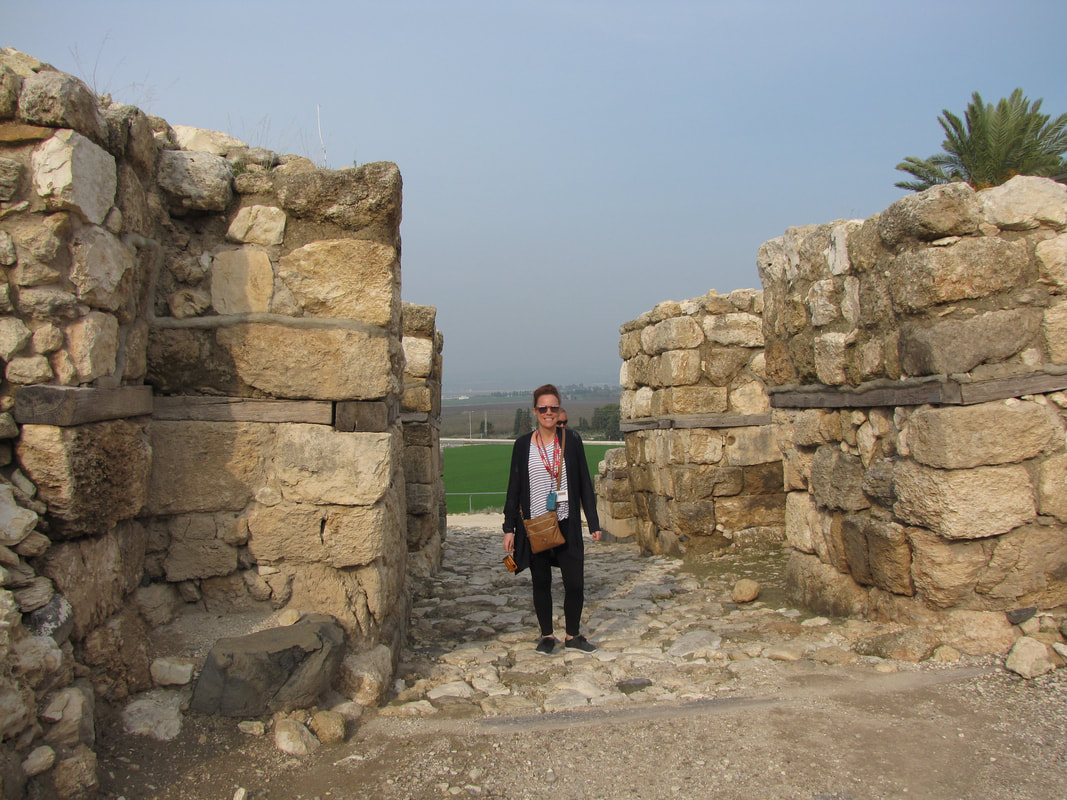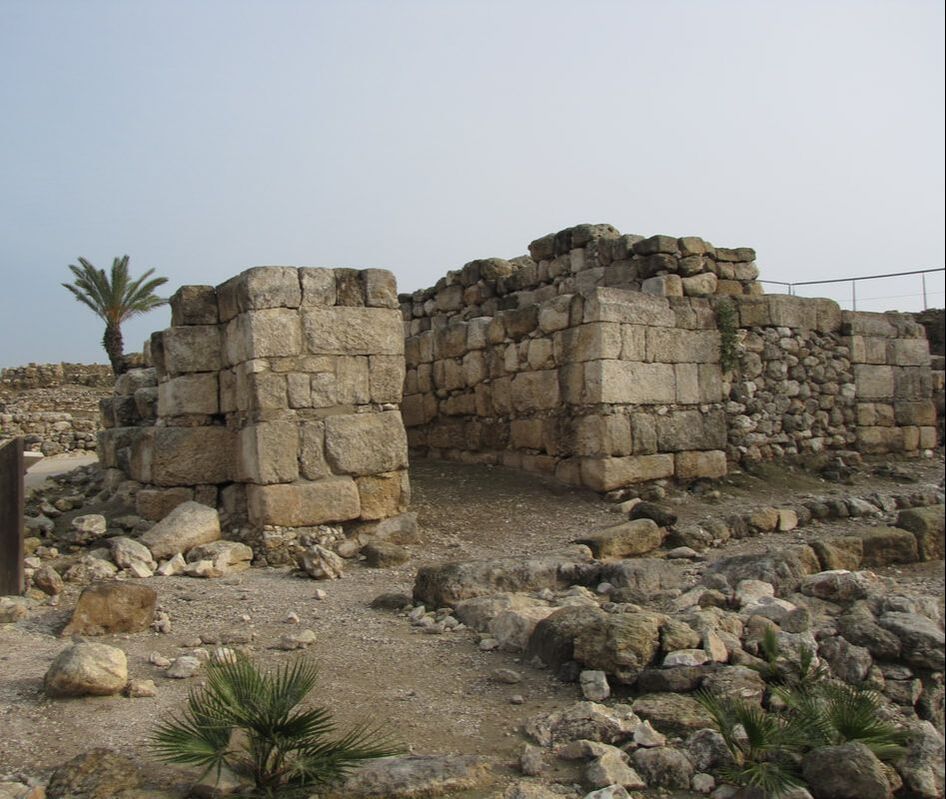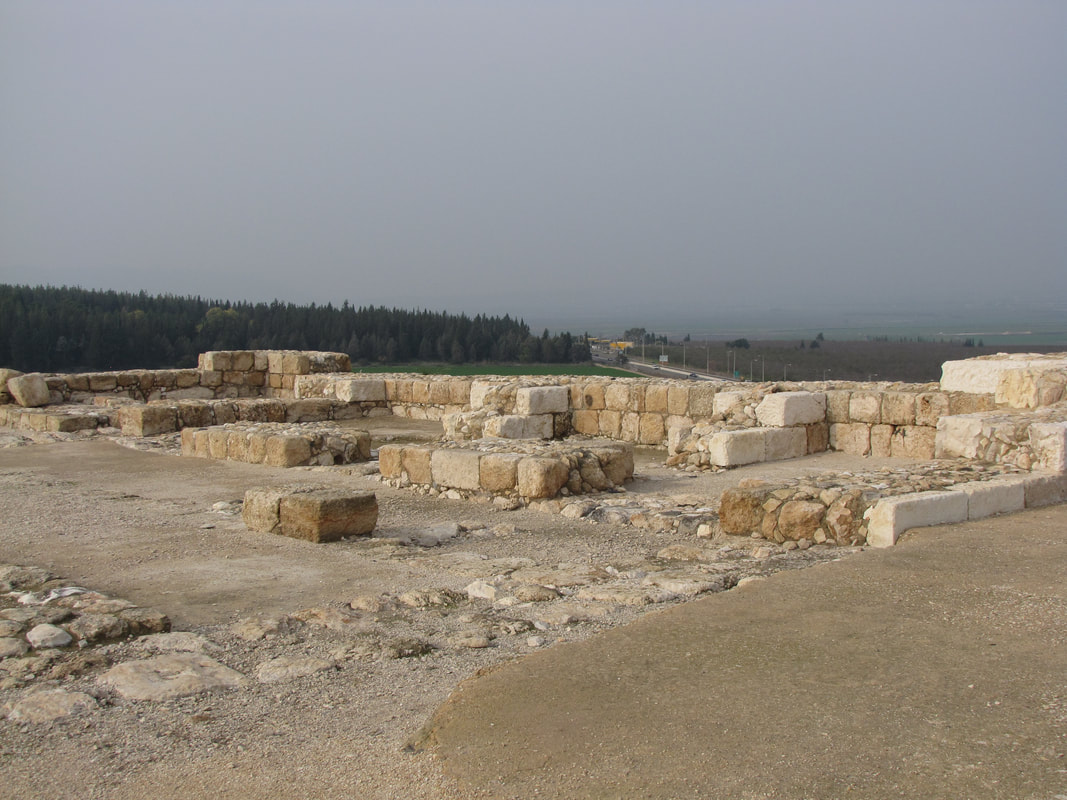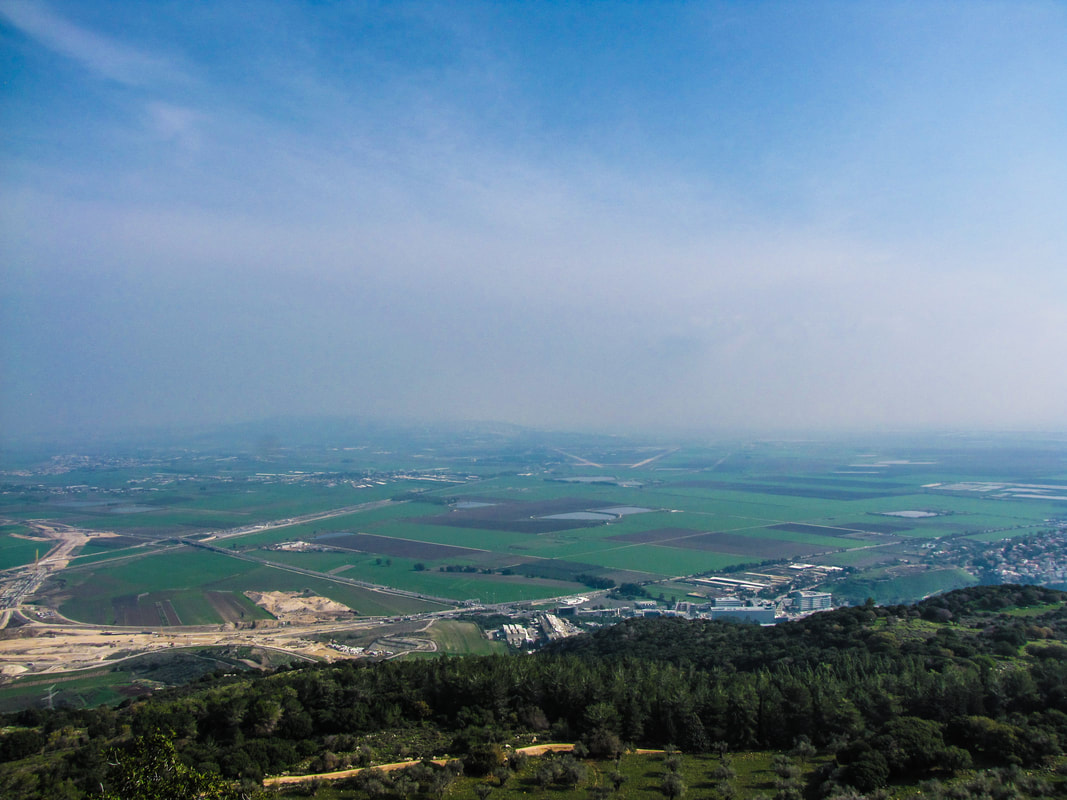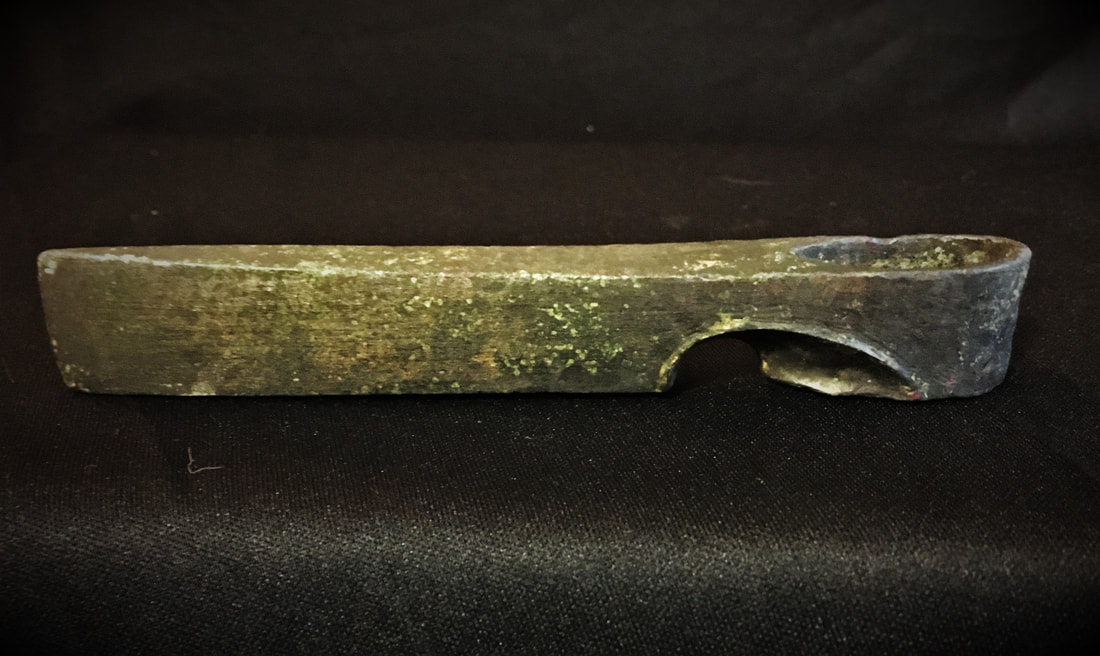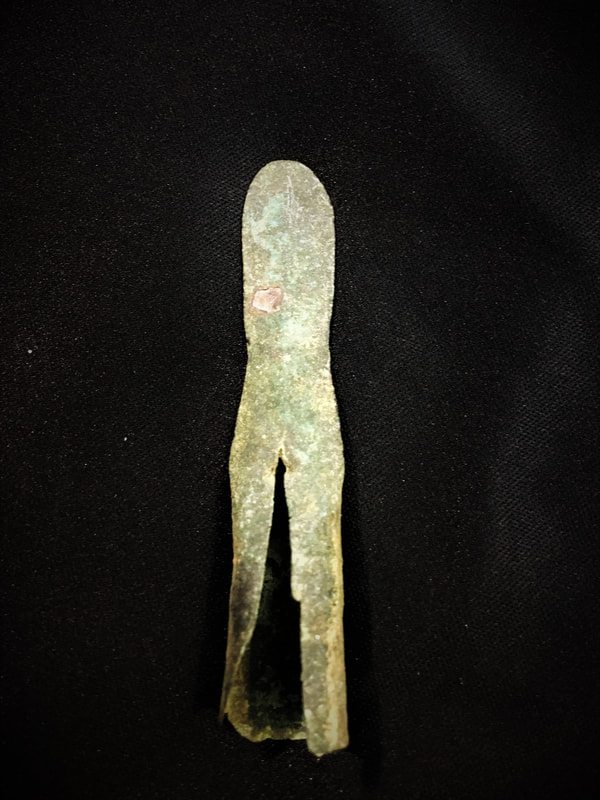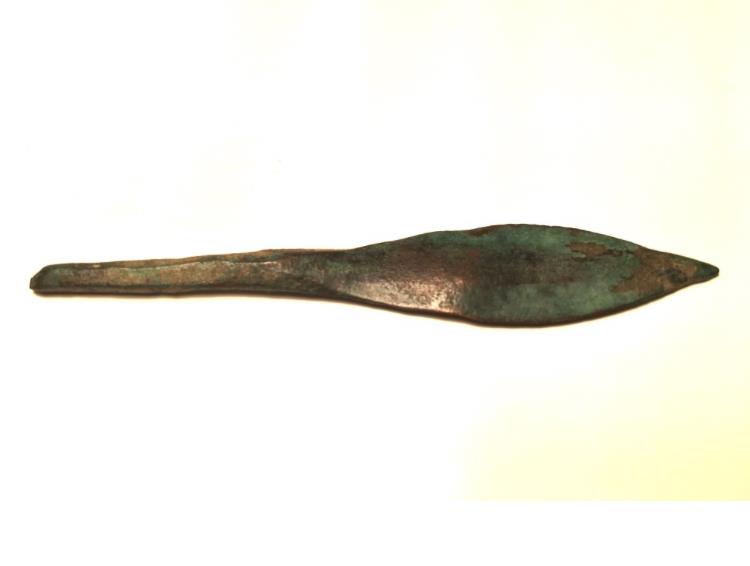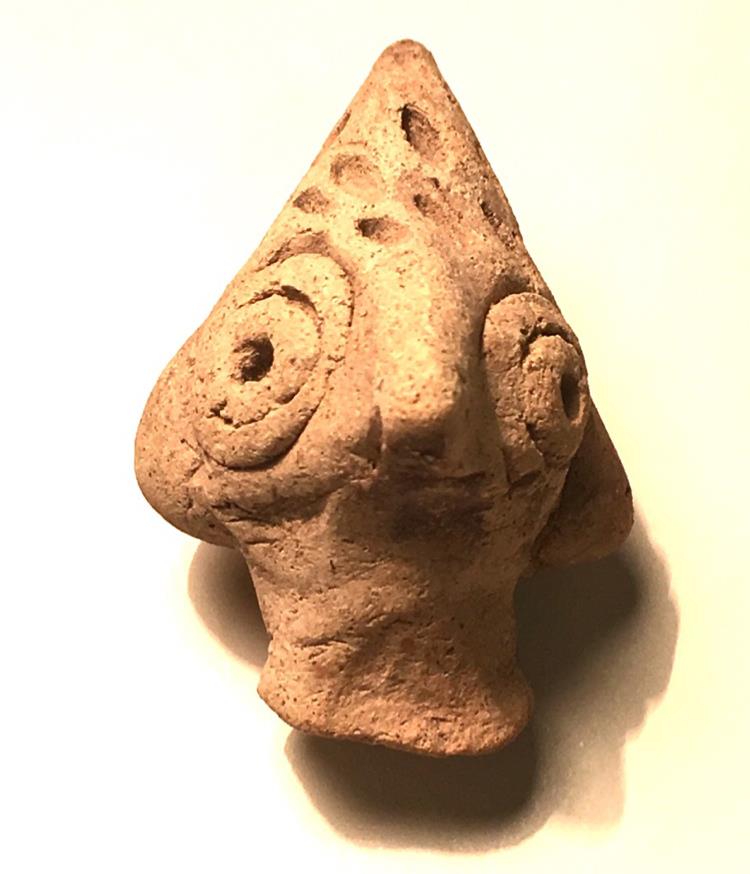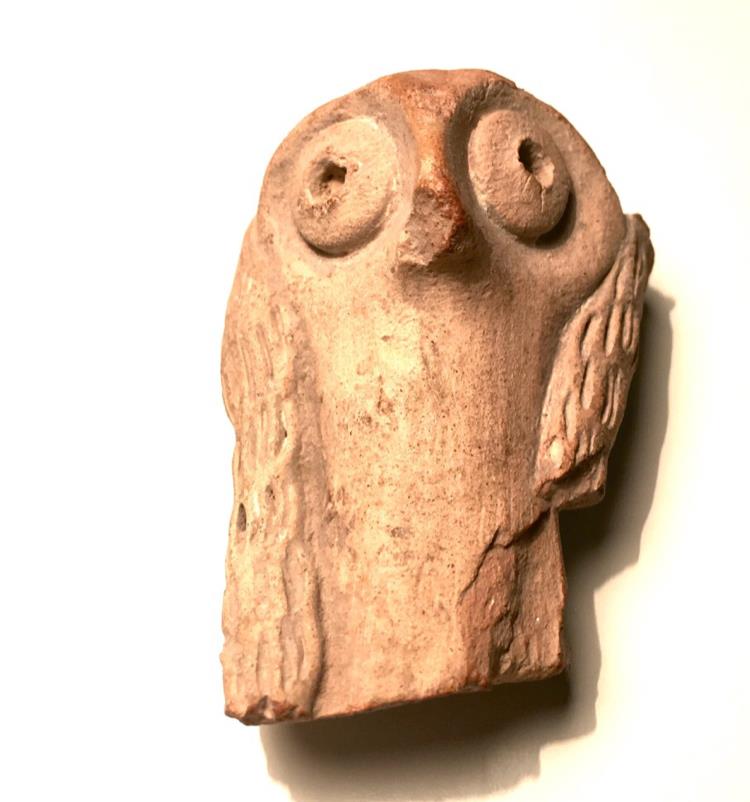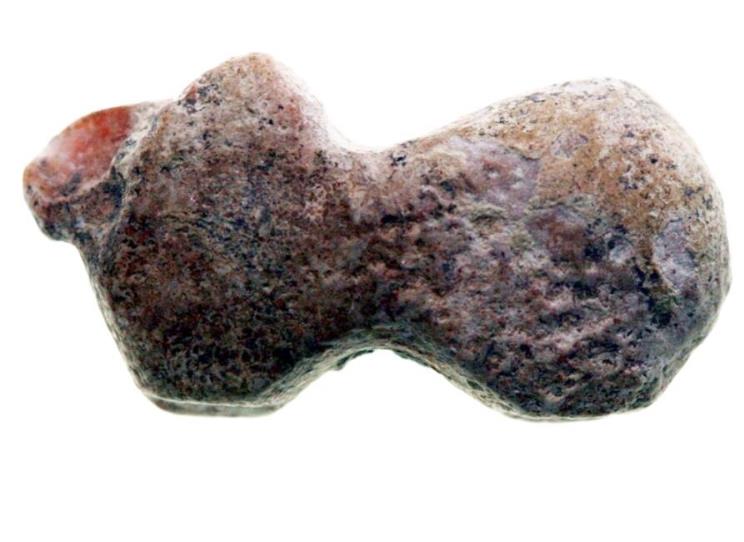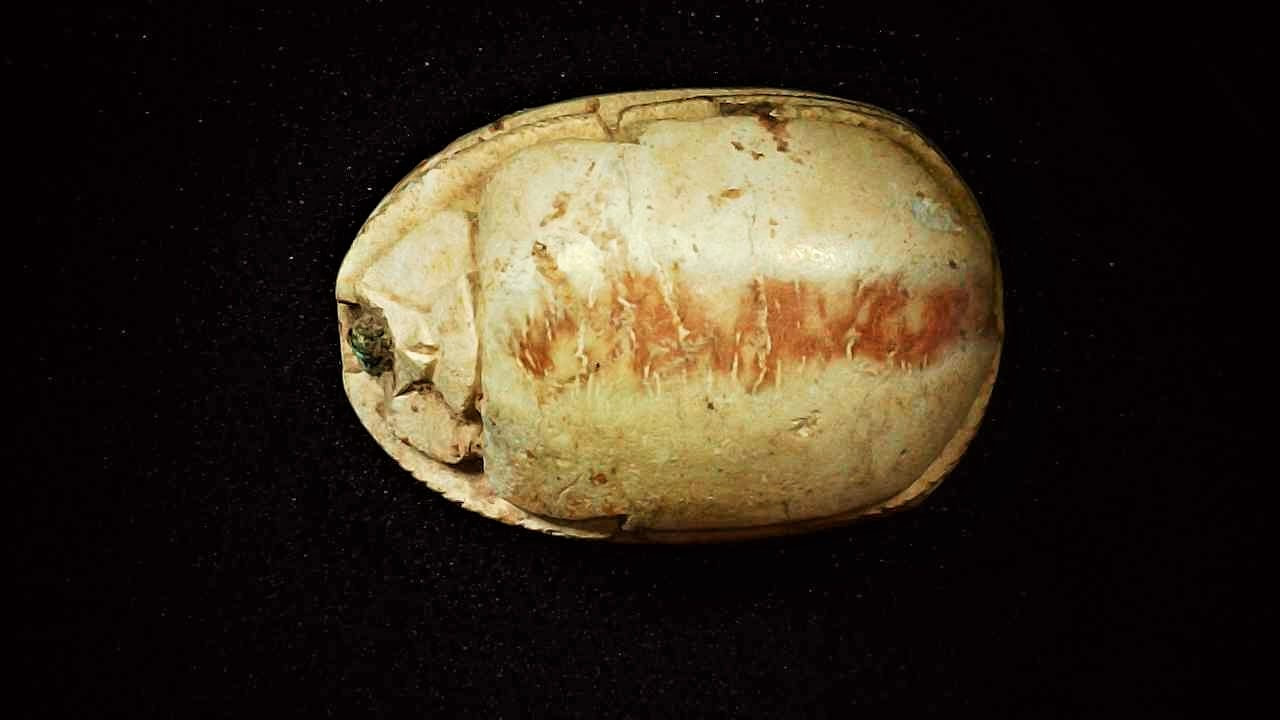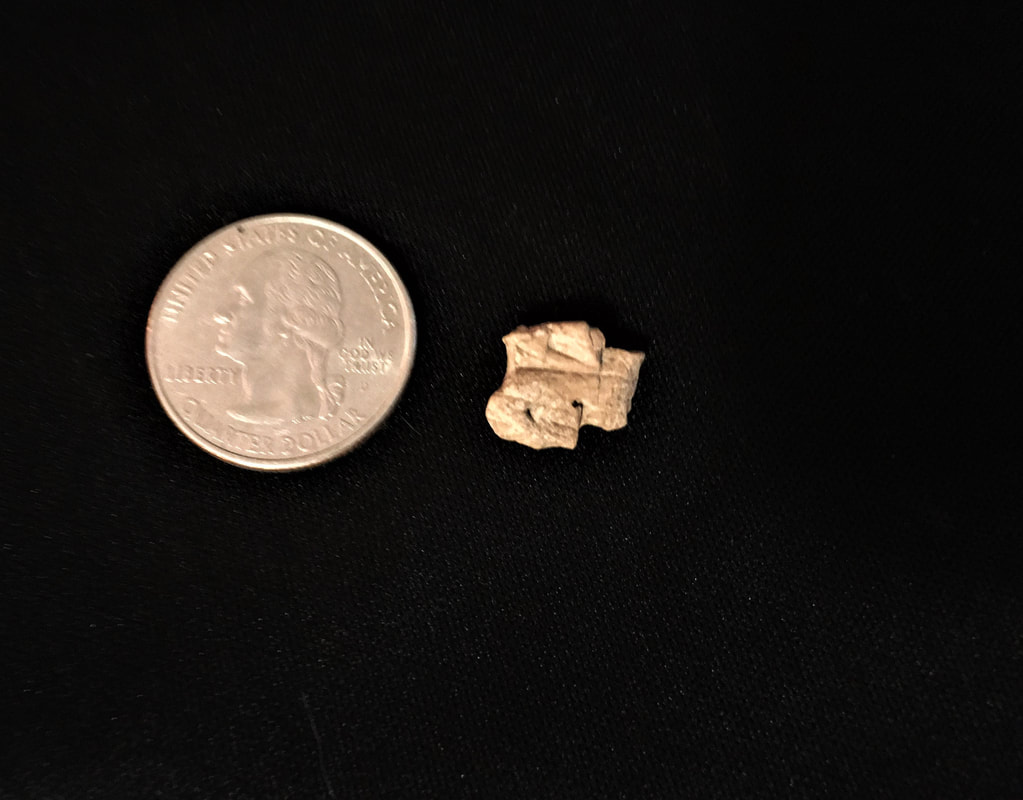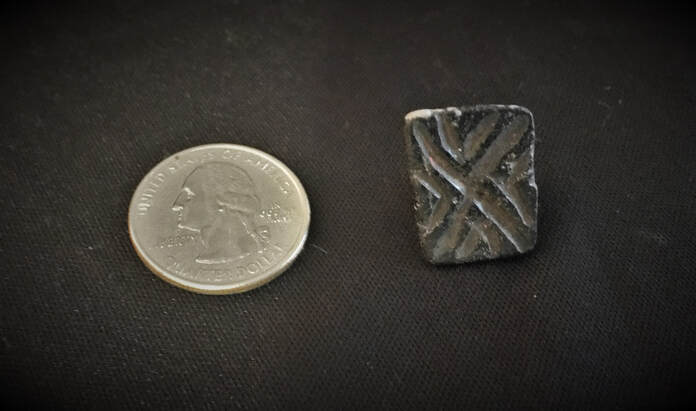Bronze Age
he Bronze Age is typically broken down into Early, Middle, and Late periods.
Early Bronze Age: 3500-2000 BCE
During this period we find the birth of Noah, his children, and experience the devastating global deluge. The Tower of Babel and the confusion of languages happen in the Early Bronze Age. In the Levant, that would later become Israel, we find the Canaanites, the decedents of Canaan. Canaan's father was Ham and Ham's father was Noah. More information about the Canaanites will be provided below.
Middle Bronze Age: 2000-1600 BCE
This period saw the rise of several important Biblical figures including Abraham, Sarah, Lot, Abraham's sons (Ishmael and Isaac), Isaac's sons (Esau and Jacob/Israel) and Jacob's children (the Twelve Tribes of Israel). Early in the Middle Bronze we find the destruction of Sodom and Gomorrah. Late in the Middle Bronze Age we find Joseph being sold and sent to Egypt.
Late Bronze Age: 1600-1200 BCE
The rise of the Hyksos in Egypt occurs between 1620 to 1523 BCE. This period also sees the birth of Moses in the late 1500's who would lead Israel out of Egypt around 1446 BCE. Forty years later the Israelites enter into the Promised Land, led by Joshua. The end of this period sees the time of the Israelite Judges.
Early Bronze Age: 3500-2000 BCE
During this period we find the birth of Noah, his children, and experience the devastating global deluge. The Tower of Babel and the confusion of languages happen in the Early Bronze Age. In the Levant, that would later become Israel, we find the Canaanites, the decedents of Canaan. Canaan's father was Ham and Ham's father was Noah. More information about the Canaanites will be provided below.
Middle Bronze Age: 2000-1600 BCE
This period saw the rise of several important Biblical figures including Abraham, Sarah, Lot, Abraham's sons (Ishmael and Isaac), Isaac's sons (Esau and Jacob/Israel) and Jacob's children (the Twelve Tribes of Israel). Early in the Middle Bronze we find the destruction of Sodom and Gomorrah. Late in the Middle Bronze Age we find Joseph being sold and sent to Egypt.
Late Bronze Age: 1600-1200 BCE
The rise of the Hyksos in Egypt occurs between 1620 to 1523 BCE. This period also sees the birth of Moses in the late 1500's who would lead Israel out of Egypt around 1446 BCE. Forty years later the Israelites enter into the Promised Land, led by Joshua. The end of this period sees the time of the Israelite Judges.
Household
|
Type: Canaanite Shelf Bowl
Age: 3000 BCE Era: Early Bronze Age Culture: Canaanite Excavated: Israel Purchased: Ashdod, Israel Reference: Amiran, R. (1969) Ancient Pottery of the Holy Land. Drawing 3 page: 53 References to the land of Canaan can be found in the Biblical text as well as the writings of many other cultures. In fact, the earliest non-Biblical mention of Canaan comes from a letter sent to the Mari king around 1800 BCE. The Canaanites are also frequently mentioned in the Amarna Letters; letters found in the ancient city of Amarna, Egypt that were written to Pharaoh Akhenaten. The Bible is rife with references to the Canaanites, and states that the Canaanites stem from Canaan, Noah's grandson. After the Exodus and upon entering into the Promised Land, the Israelites were faced with many challenging battles against many nations. Many of these nations being found in the lineage of Canaan. The Bible (Numbers 13:29) places the Canaanites near the Mediterranean coast and in the Jordan River Valley. "When the LORD your God brings you into the land you are entering to possess and drives out before you many nations-the Hittites, Girgashites, Amorites, Canaanites, Perizzites, Hivites, and Jebusites, seven nations larger and stronger than you..." Deuteronomy 7:1-2 |
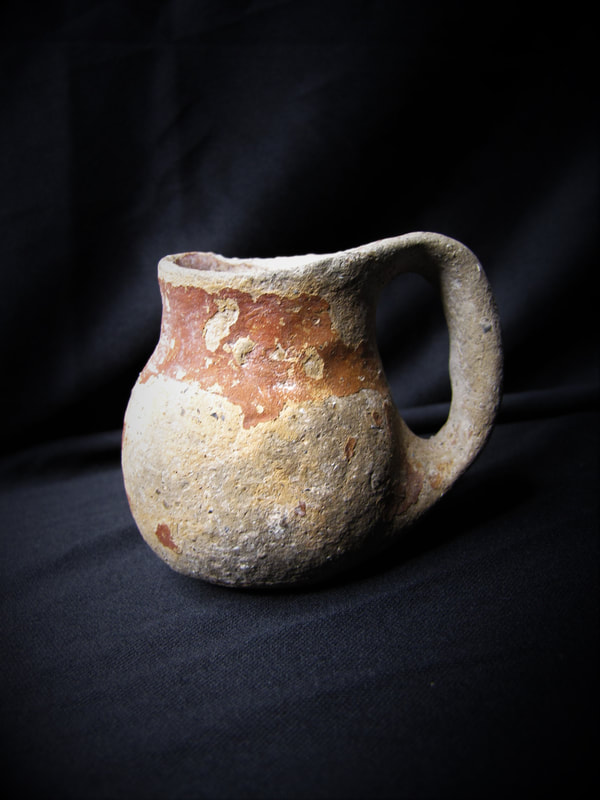
Type: Juglet
Age: 2500 BCE
Era: Early Bronze Age
Culture: Likely Canaanite
Excavated: Israel
Purchased: Barry & Darling Ancient Coins (Vcoin)
Reference: Amiran, R. (1969) Ancient Pottery of the Holy Land. Drawing 10 page: 53
Age: 2500 BCE
Era: Early Bronze Age
Culture: Likely Canaanite
Excavated: Israel
Purchased: Barry & Darling Ancient Coins (Vcoin)
Reference: Amiran, R. (1969) Ancient Pottery of the Holy Land. Drawing 10 page: 53
|
Type: Piriform Jug Tel-El-Yahudiyeh Type
Age: 1700 BCE Era: Middle Bronze Age Culture: Canaanite Excavated: Israel Purchased: Edgar Owen Reference: Amiran, R. (1969) Ancient Pottery of the Holy Land. Pages: 36-37 and 107 Although this jug does not have the characteristic decorative punctures common to the Tell El-Yahudiyeh Piriform jugs, it does have the shape that was popularized in the region. In fact, production of these piriform jugs may have centered in Tell El-Yahudiyeh, Egypt . Tell El-Yahudiyeh means Mountain of the Jews and is located in northern (lower) Egypt today. Excavations of the site found a large walled city which was unlike Egyptian walled cities of the time. The difference is likely due to the city being established by the Hyksos, a Semitic group that took control of Lower Egypt during the Middle and Late Bronze Ages. (See the Hyksos seal below for more information). Note that Joseph was sold into Egypt in the Middle Bronze Age, thus we have a Biblical attestation as well as archeological evidence of an Israelite presence in Egypt at this time. |
|
Type: Amorite Plainware Bowl
Age: 2000-1600 BCE Era: Middle Bronze Age Culture: Amorite Excavated: Probably Northern Syria Purchased: Edgar Owen The Martu (AKA Amorite) were a nomadic group who generally lived in Syria near the Taurus Mountains. Their empire grew, taking over the Akkadian Empire and establishing Babylonia, under King Hammurabi. They are the decedents of Emer, Canaan's son. Canaan was fathered by Ham, the son of Noah. As noted in the Biblical Quote above, the Amorites were among the tribal clans that the Israelites would need to face as they entered into the Promised Land. During the final stages of the Exodus, the Israelites found themselves warring with Sihon, King of the Amorites who ruled from the city of Heshbon. The Amorites are attested to in the Amarna Letters (noted above) as well as other documents, including those that were found in Ugarit and Hatti. One of the Amarna letters was sent to Pharaoh Akhenaten by Rib-Hadda, the ruler of Gubla; a city that was about to be destroyed by the Amarru (Amorite people). |
|
Type: Oil Lamp
Age: 1800 BCE Era: Middle Bronze Age Culture: Canaanite Excavated: Jerusalem Purchased: Jerusalem, Israel The fact that this Oil Lamp was found in Jerusalem and dates to the Early/Middle Bronze Age, it should probably be attributed to the Jebusite Clan. The Jebusites where decedents of Canaan and named after their patriarch Jebus. It was the Jebusites who founded Jerusalem/Salem. Canaan was the father of Sidon his firstborn, and of the Hittites, Jebusites, Amorites, Girgashites, Hivites, Arkites, Sinites, Arvadites, Zemarites, and Hamathites. Genesis 10:15-16 And David and all Israel went to Jerusalem, which is Jebus where the Jebusites were, the inhabitants of the land. 1 Chronicles 2:4 |
|
These two small bowls are reported to be from the middle bronze age and excavated in Megiddo, an immensely important Old Testament city. Unfortunately, these bowls did not pass my authenticity check, thus I believe them to be forgeries. They remain in my collection because I could be wrong.
Even though these bowls may be forgeries, the City of Megiddo deserves mention. Many important historical events happened in Megiddo, but a very important future event is scheduled to happen there as well. Megiddo may sound familiar. The word Armageddon in Hebrew is Har Megiddo, meaning the Mountain of Megiddo. The mountain of Megiddo overlooks the Jezreel Valley where the war of Armageddon will be fought. Historically, Megiddo is a very important city mentioned, not only in the Biblical text, but the writings of other cultures such as the Egyptians. King Josiah was killed by Pharaoh Neco at Megiddo. King Ahaziah died at the hand of Jehu at Megiddo. King Solomon made Megiddo a royal city and built the famous chambered gates; which can be seen today. Megiddo was controlled by cultures such as Egypt, the Canaanites, and the Israelites. |
Tools & Weapons
Idols, Seals, and Amuletes
Idols come in many forms, but in the ancient world, they were often man made figures that represented some cultural deity.
Seals, were small etched items that worked much like a signature. These seals would be pressed into material such as clay or wax, leaving the impression behind. In ancient times, seals were used to authenticate a document, indicate possession of property (e.g. bread seals), indicate royal decree, etc.
Like today, amulets were small charms worn for protection.
Seals, were small etched items that worked much like a signature. These seals would be pressed into material such as clay or wax, leaving the impression behind. In ancient times, seals were used to authenticate a document, indicate possession of property (e.g. bread seals), indicate royal decree, etc.
Like today, amulets were small charms worn for protection.
|
Type: Broken Idol of Ba'al
Age: 2000-1600 BCE Era: Middle Bronze Age Culture: Canaanite Excavated: Israel Purchased: Mark E. Reid Ed.D. Ba'al was a prominent idol worshiped by many cultures in the Near East. Throughout the Old Testament, the LORD regularly rebuffs his people, Israel, when they would worship Ba'al or Ashtaroth, on the high places. Often, the idols were broken as part of a ritual; however, some of the Judean Kings (e.g. Hezekiah), made it a personal goal to destroy and discard these idols. |
|
Type: Broken idol of Astarte or Ashtaroth
Age: 3000 BCE Era: Early Bronze Age Culture: Hittite Excavated: Unknown Purchased: Mark E. Reid Ed.D. Astarte, Ashtaroth, Aphrodite, and Artemis all reflect the same pagan "goddess" of sex and fertility across the Near East and Europe. See information about the Hittites below. Random question: Why is a Bunny associated with Easter? Although debated, some modern and ancient writers believe that Easter is associated with Astarte and the bunny/eggs are fertility symbols. |
|
Type: Hyksos Scarab Seal
Age: 2000-1550 BCE Era: Middle Bronze Age/Second Intermediate Period Culture: Egyptian/Hyksos/Semitic Excavated: Unknown Purchased: Ashdod, Israel The Hyksos were a very interesting group of people that took power of Lower Egypt right around the time the Bible states that Joseph rose to power in Egypt. Scholars agree that the Hyksos were a Semitic people that came from the Levant (Canaan, Assyria, etc.); but many will not say that they are the decedents of Israel. Given the anti-Biblical bias amongst many scholars and Archaeologists, this is not surprising. Nonetheless, the first century Jewish Historian, Josephus, cites Manetho (a Hellenistic Egyptian Historian ca. 300 BCE) who identifies the Hyksos as Shepard Kings and foreign rulers. Josephus later states that the Hyksos were, in fact, the decedents of Joseph. In an effort to consolidate power over lower and upper Egypt, Pharaoh Ahmes expelled the Hyksos into the territory that would eventually become Israel. The greatest concentration of Hyksos archaeological data comes from three cities, one being Tell El-Yahudiyah, which means Mountain of the Jews. |
|
Type: A very, very, small portion of a cuneiform tablet
Age: 3000 BCE Era: Early Bronze Age Culture: Sumerian Excavated: Unknown Purchased: Mark E. Reid Ed.D. Cuneiform was a form of writing developed by the ancient Sumerians and was adopted by many other cultures (Akkadians, Babylonians, etc.). Given that Cuneiform was etched into clay or stone, versus written on parchment, helped them withstand the harsh environments throughout the years. |
|
Type: Hittite Black Serpentine Seal
Age: 3000-2000 BCE Era: Bronze Age Culture: Hittite Excavated: Unknown Purchased: Mark E. Reid Ed.D. The Hittite's, like the Amorites, and Jebusites, fall in the lineage of Canaan. They also play a prominent role in the Biblical narrative, including tales of war and cooperation. For example, Ephron the Hittite sold Abraham the land to establish a family burial plot; a plot in Hebron that can still be visited today (see information about Hebron in the Chalcolithic section). In the Iron Age, under the reign of David, we meet a respected warrior named Uriah. Uriah (the Hittite), unfortunately, was a victim of one of David's greatest sins. Uriah was the husband of Bathsheba, the woman whom David saw bathing on the rooftop. David and Bathsheba did an oopsy and she became pregnant. In an effort to cover up the affair, David called Uriah back from the battlefield, in hopes that he would sleep with Bathsheba. Given that paternity tests were still a ways off, they could pretend that the baby was Uriah's. While his brothers were in the midst of war, Uriah would not even see his wife, let alone sleep with her. David ended up manipulating the situation which ultimately led to Uriah's death on the battlefield. On a side note, Bathsheba became pregnant again (by David) and bore King Solomon. We find the Hittites mentioned in other ancient texts including the worlds oldest peace treaty that occurred after the battle of Kadesh with their rivals, the Egyptians. |
